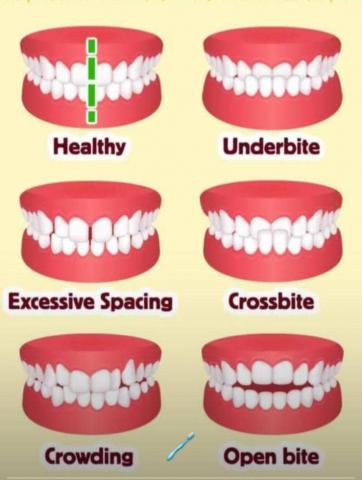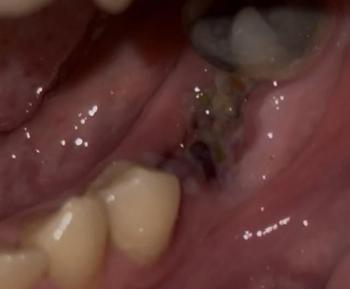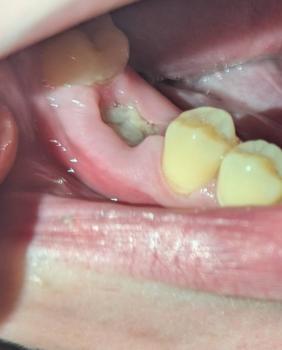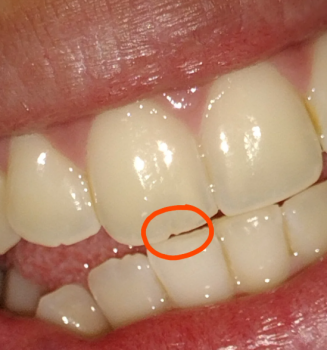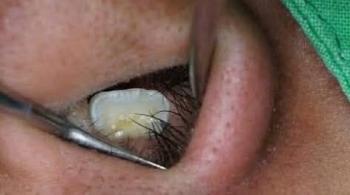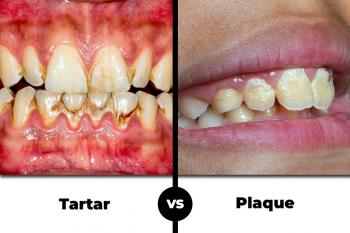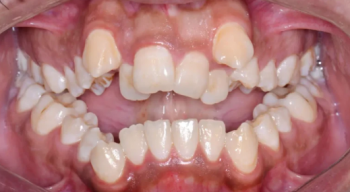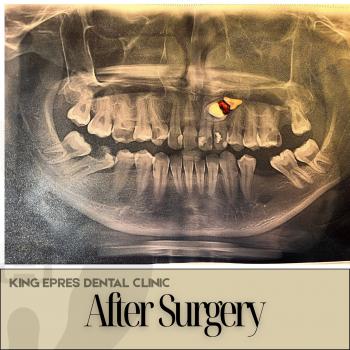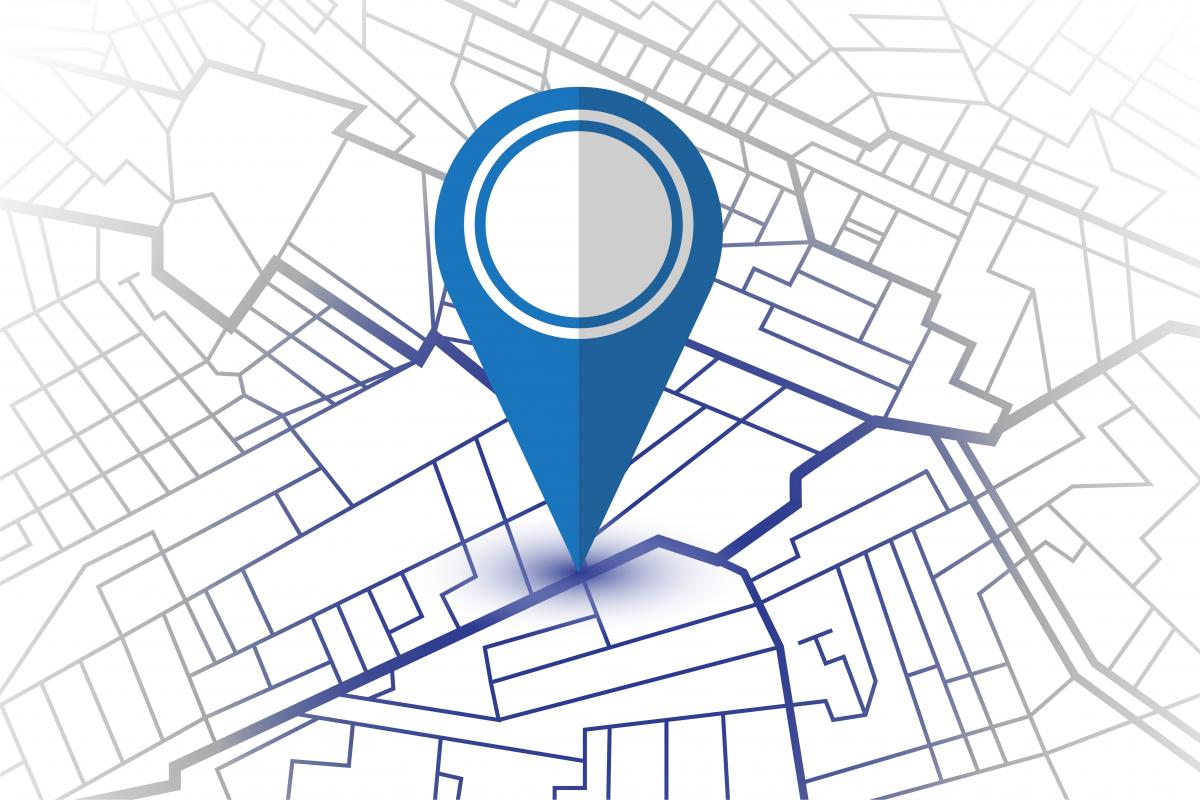Because Every Tooth Deserves Care.
Types of Teeth Bites Explained: Comparison, Strengths, and Weaknesses of Each Alignment
Understanding Different Bite Types: A Visual Comparison
A perfect smile isn’t just about white teeth, it’s also about proper alignment. Each bite type has unique characteristics that can affect your oral health, facial structure, and even your confidence. Let’s compare them one by one.
1. Healthy Bite
Description:
The upper teeth slightly overlap the lower teeth, and the midline of both arches aligns perfectly.
Strengths:
-
Balanced bite pressure
-
Easier to clean and maintain
-
Ideal for chewing and speech
-
Minimizes jaw strain
Weaknesses:
-
Requires consistent dental hygiene to maintain alignment
-
Can shift due to missing teeth or gum issues
Comparison:
A healthy bite serves as the baseline for comparing all other conditions. It shows what ideal occlusion looks like, free from misalignment and stress on the jaw.
2. Underbite
Description:
The lower teeth extend past the upper front teeth.
Strengths:
-
Strong lower jaw support
-
Rarely causes speech issues if mild
Weaknesses:
-
Causes uneven wear on teeth
-
Can affect facial aesthetics
-
May lead to jaw pain and chewing difficulties
Comparison:
Compared to a healthy bite, the underbite pushes the lower jaw forward, creating excess pressure on front teeth. It’s often genetic and may require orthodontic correction or surgery.
3. Excessive Spacing
Description:
Noticeable gaps between teeth, often due to missing teeth, small teeth, or jaw size differences.
Strengths:
-
Easier cleaning access
-
Less chance of plaque buildup between teeth
Weaknesses:
-
Aesthetic concerns
-
Food trapping can irritate gums
-
May cause shifting of adjacent teeth
Comparison:
While spacing offers good cleaning ability, unlike crowding, it weakens bite efficiency and can change your smile’s symmetry.
4. Crossbite
Description:
One or more upper teeth bite inside the lower teeth rather than outside.
Strengths:
-
If mild, may not affect appearance severely
Weaknesses:
-
Causes uneven tooth wear
-
Can lead to gum recession
-
May result in jaw misalignment or facial asymmetry
Comparison:
Crossbite differs from underbite, as it affects only certain teeth, not the whole jaw. It’s more localized but still disrupts the bite balance compared to a healthy alignment.
5. Crowding
Description:
Teeth overlap due to lack of space in the dental arch.
Strengths:
-
None functionally, though slightly misaligned teeth can appear unique to some individuals
Weaknesses:
-
Hard to clean (higher cavity and gum disease risk)
-
Aesthetic concern
-
Can cause bite and jaw tension
Comparison:
Opposite to excessive spacing, crowding compresses the teeth, leading to hygiene problems and irregular wear. Orthodontic treatment often provides long-term relief.
6. Open Bite
Description:
Front teeth do not touch when the back teeth are closed.
Strengths:
-
Minimal front-tooth wear
Weaknesses:
-
Difficulty biting or chewing
-
Speech issues (lisping)
-
Causes stress on molars and TMJ (jaw joint)
Comparison:
Open bite is the opposite of overbite, leaving a gap even when teeth are closed. Compared to a healthy bite, it’s one of the most functionally limiting conditions, often requiring orthodontic or surgical correction.
Final Thoughts
Each bite type tells a story — of genetics, habits, or dental development. While some may appear mild, misalignment can lead to long-term oral health issues.
The goal is balance — where teeth, jaw, and muscles work together seamlessly.
If you’re unsure about your bite, visit your nearest dentist or use our clinic directory to find a trusted expert near you:
Find a Dentist Near You
healthy food:

